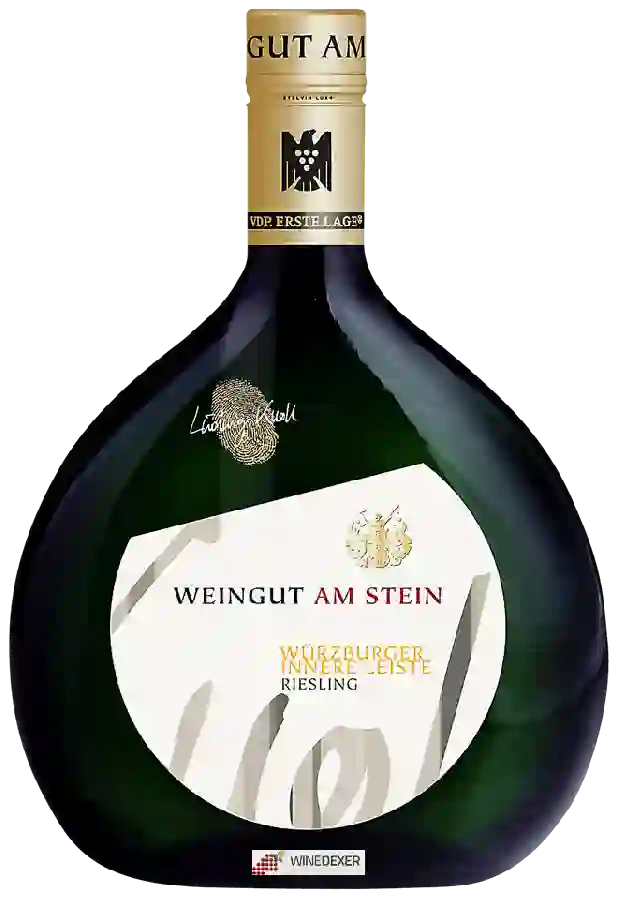
Winery Am SteinWürzburger Innere Leiste Riesling
In the mouth this white wine is a powerful with a nice freshness.
This wine generally goes well with pork, poultry or shellfish.
Taste structure of the Würzburger Innere Leiste Riesling from the Winery Am Stein
Light | Bold | |
Dry | Sweet | |
Soft | Acidic |
In the mouth the Würzburger Innere Leiste Riesling of Winery Am Stein in the region of Franken is a powerful with a nice freshness.
Wine flavors and olphactive analysis
On the nose the Würzburger Innere Leiste Riesling of Winery Am Stein in the region of Franken often reveals types of flavors of earth, tree fruit or citrus fruit.
Food and wine pairings with Würzburger Innere Leiste Riesling
Pairings that work perfectly with Würzburger Innere Leiste Riesling
Original food and wine pairings with Würzburger Innere Leiste Riesling
The Würzburger Innere Leiste Riesling of Winery Am Stein matches generally quite well with dishes of pork, shellfish or spicy food such as recipes of pumpkin and bacon pie, shrimp and cherry tomato quiche or shrimp with curry express.
Details and technical informations about Winery Am Stein's Würzburger Innere Leiste Riesling.
Discover the grape variety: Riesling
White Riesling is a grape variety that originated in France (Alsace). It produces a variety of grape specially used for the elaboration of wine. It is rare to find this grape to eat on our tables. This variety of grape is characterized by small bunches, and small grapes. White Riesling can be found in many vineyards: Alsace, Loire Valley, Languedoc & Roussillon, Lorraine, Provence & Corsica, Rhone Valley, Savoie & Bugey, Beaujolais, South West.
Last vintages of this wine
The best vintages of Würzburger Innere Leiste Riesling from Winery Am Stein are 2017, 2012, 2015, 0 and 2018.
Informations about the Winery Am Stein
The Winery Am Stein is one of of the world's greatest estates. It offers 75 wines for sale in the of Franken to come and discover on site or to buy online.
The wine region of Franken
Franken, or Franconia in English, is a wine-growing region in the northwest of Germany's historic state of Bavaria. Though Bavaria may be more famous for its beer, Franken boasts a proud viticultural tradition and is one of the most unique regions in the country. There are just over 6,100 hectares (15,073 ac) of vines Planted in Franken and around 80 percent of these are white Grape varieties. Here, Riesling plays second fiddle to the often overlooked Silvaner and Müller-Thurgau.
The word of the wine: Piqué
Altered wine characterized by a vinegar smell.














